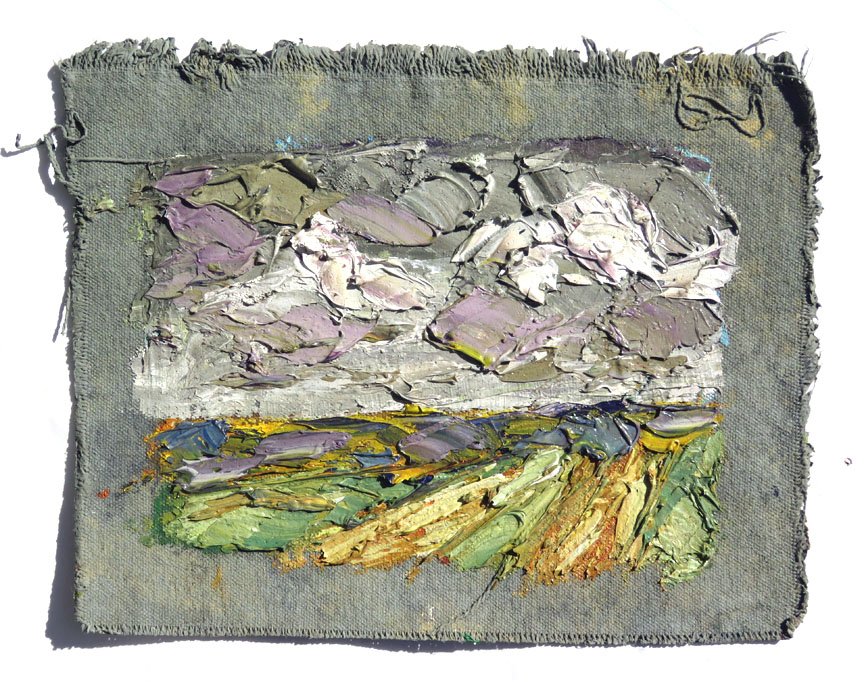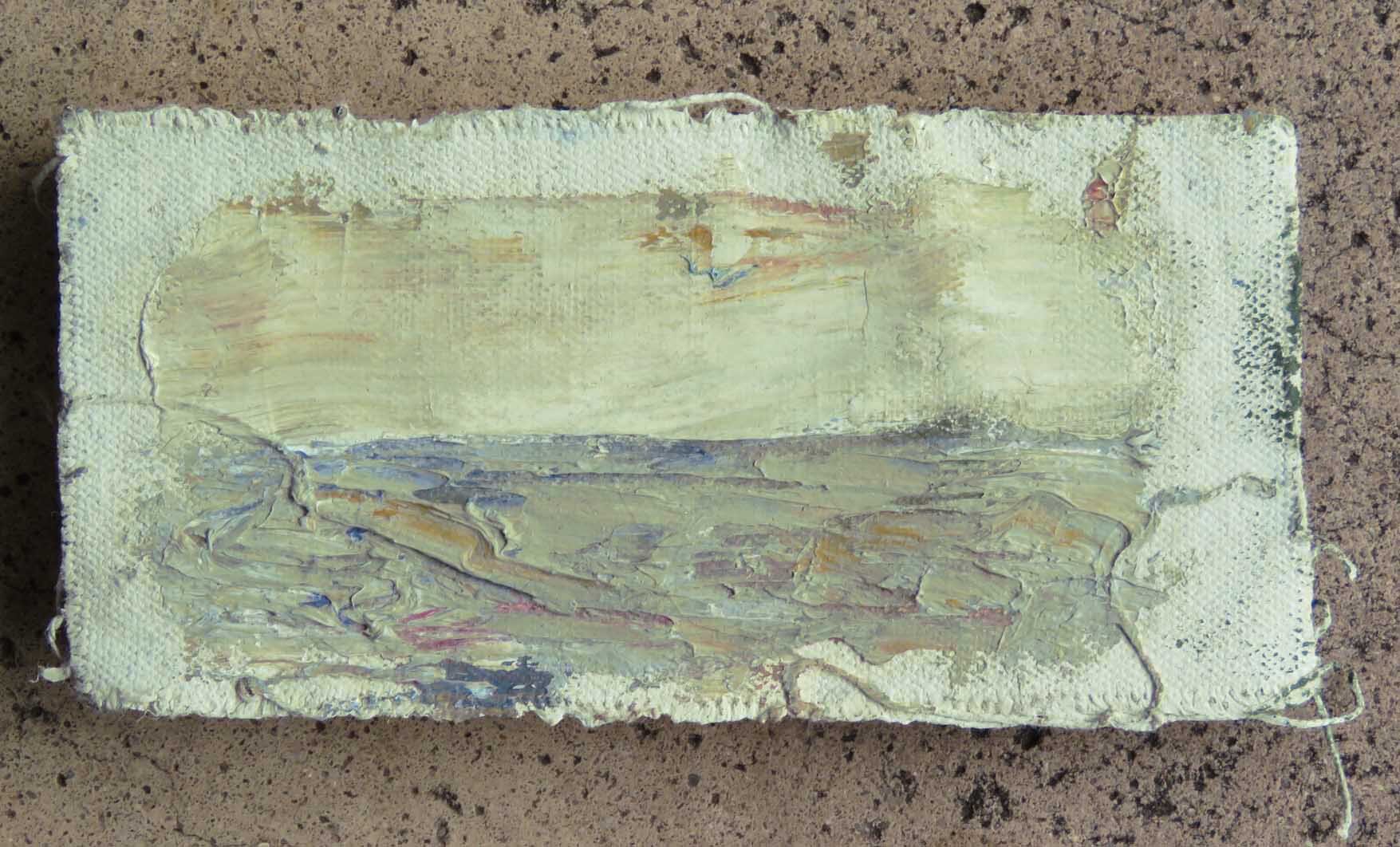Blogging:
“Canvas & Conscience: Art in a Changing World"
Search blog for images or content via keywords like: Abstract, Landscapes, Sports, football, impressionistic, etc

"The Art of Conveying Emotion in Landscape Painting"
In “Gleesome Saunter over Fields,” I explore how colors and lines come together to convey more than just a landscape. It’s not about the field itself but about capturing the essence of the moment, the feeling of standing in that space. This piece is about the flow of energy and the dance of textures on the canvas.

How the Horizon Shapes My Semi-Abstract Landscapes
the significance of the horizon line—a line shaped by a lifetime of ocean views. This blog delves into how that simple line provides a foundation for my art, connecting the viewer to the piece and offering a sense of direction in abstraction.
